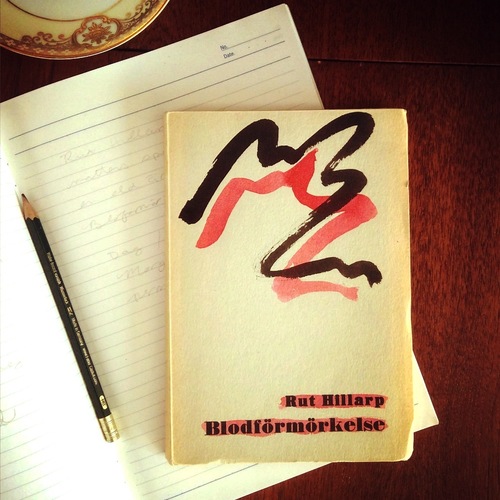Rut Hillarp (1914–2003)
The work of the Swedish poet and novelist Rut Hillarp is best known for its honest portrayal of female sexuality and desire.

The Swedish poet and novelist Rut Hillarp was born in Lund in 1914. Her depiction of passion and love from a woman’s point of view has inspired subsequent generations of female writers. Her début collection, Solens brunn (1946) (The fountain of the sun), placed her in the 1940s generation of modernist poets. While her poetry has affinities with that of other modernists, such as Erik Lindegren and Artur Lundkvist, Hillarp’s representation of female sexuality is distinctive. The ways in which women’s complex attitudes to love are depicted shocked contemporary critics, e.g. in the experimental novel Blodförmörkelse (1951) (Blood Eclipse) about a passionate masochist love affair. Poems and photographs interact in Spegel under jorden (1982) (Mirror beneath the earth), Penelopes väv (1985) (Penelope’s web) and Strand för Isolde (1991) (Shore for Isolde). The themes of female desire and the impossibility of love are presented in a mythological guise, for example, when Penelope, weary of her suitors, dreams of a one-night lover who will leave her without proposing. Hillarp died in Enskede, near Stockholm, in 2003.
Further reading:
Elisabeth M. Jensen (ed.) Nordisk kvindelitteraturhistorie, Vol. IV, (København: Rosinante, 1997).